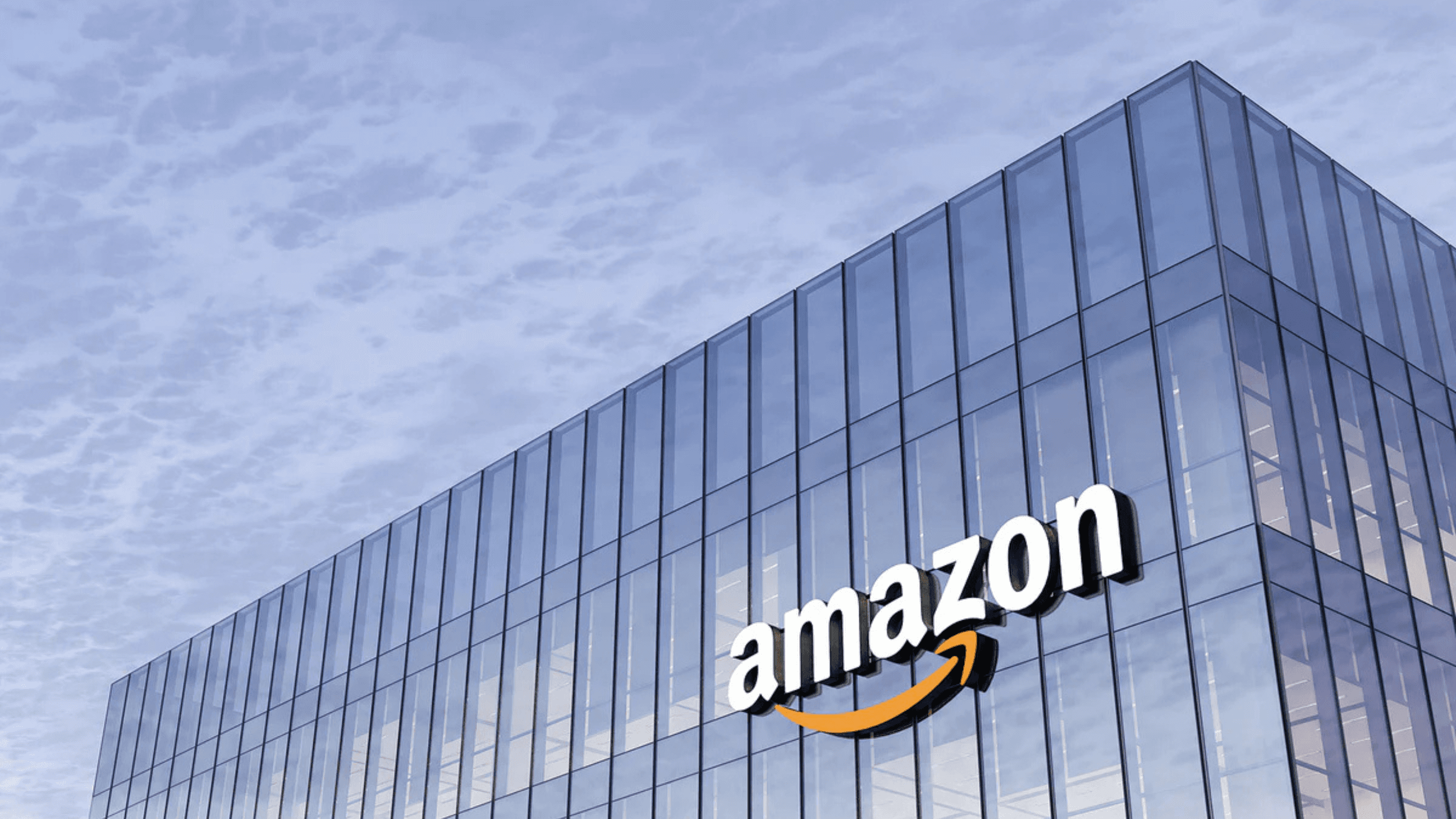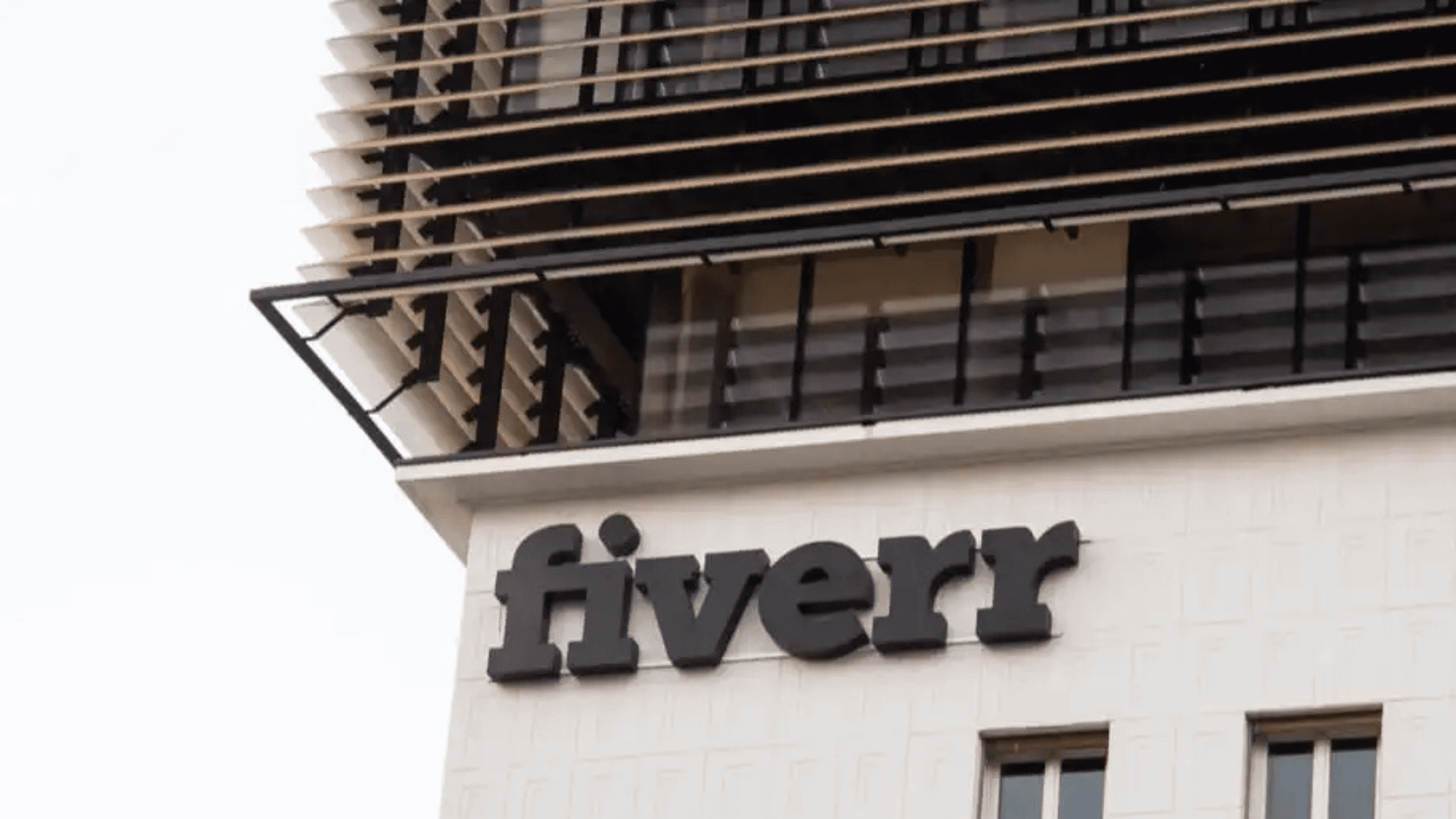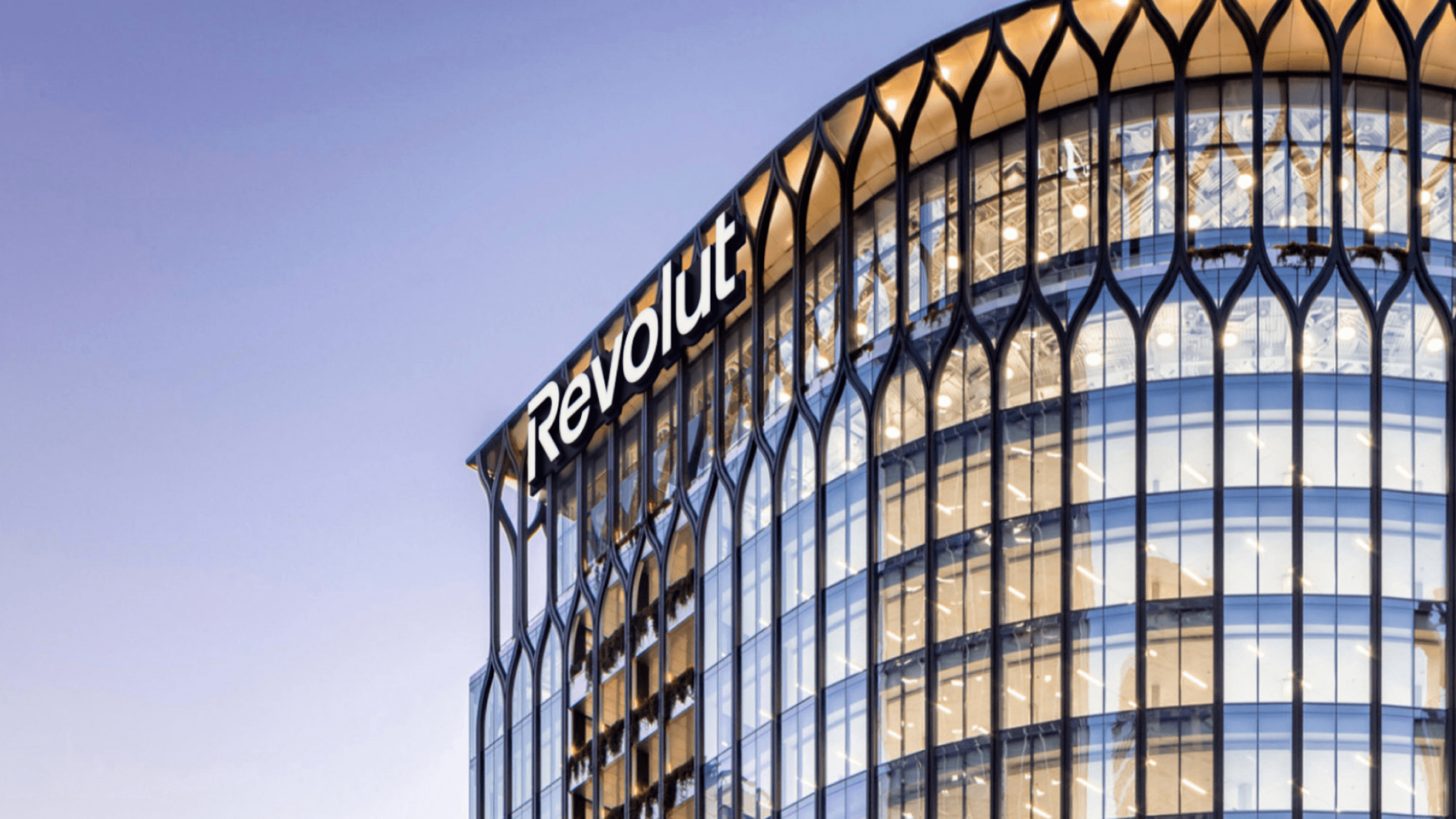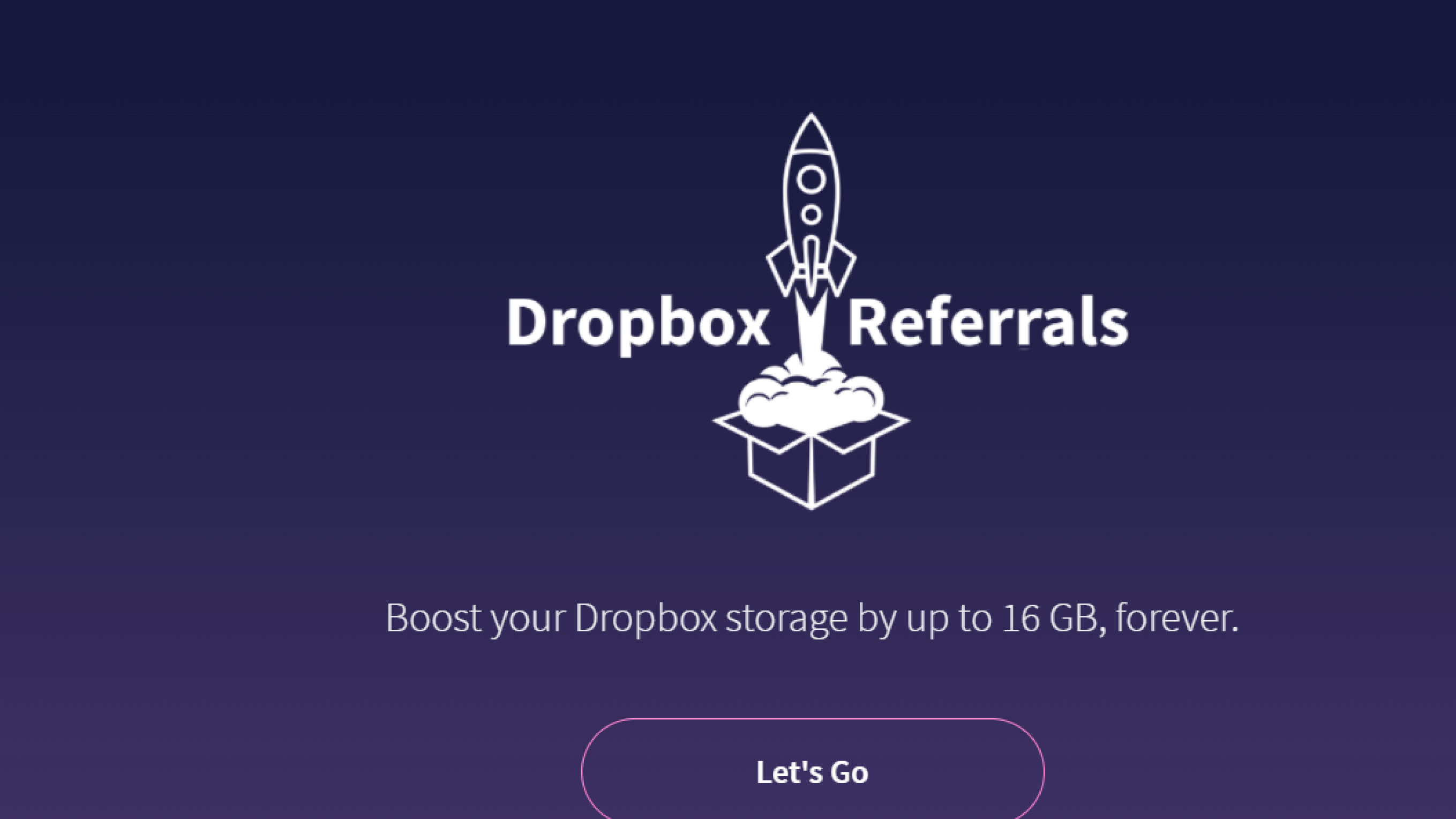October 24, 2025
– 7 minute read
Discover the key differences between loyalty and referral programs, how they work, and how combining them boosts retention, engagement, and sustainable growth.

Tim Kuijlenburg
Author
Businesses aim to grow their customer base while keeping loyal customers engaged. Loyalty programs reward repeat purchases, while referral programs turn customers into brand advocates. Understanding loyalty vs. referral programs helps boost retention rates, conversion rates, and word-of-mouth marketing, creating actionable strategies for long-term growth and engagement.

What is a Loyalty Program?
A loyalty program rewards repeat customers with points, discounts, or free products to encourage continued engagement. By fostering loyal customers and offering branded loyalty perks, businesses can increase retention rates, encourage repeat purchases, and strengthen customer relationships, turning satisfied clients into long-term brand advocates.

What is a Referral Program?
A referral program motivates existing customers to bring in new customers by offering referral rewards like discounts or free products. Leveraging friends and family and social proof, these programs increase your customer base, drive word-of-mouth marketing, and turn satisfied clients into brand advocates.
Key Differences Between Loyalty and Referral Programs
Understanding the differences between loyalty vs. referral programs is essential for designing effective marketing strategies. While both aim to increase engagement and growth, they differ in purpose, target audience, incentives, strategy, and time horizon.
Purpose
Loyalty Programs
The main goal of a loyalty program is to retain existing customers. By offering loyalty points, discounts, or free products, brands encourage repeat purchases and foster long-term engagement. These programs strengthen customer relationships, improve retention rates, and increase customer lifetime value. However, poorly structured rewards or overly complex point systems can lead to point fatigue, reducing customer motivation. 57% of consumers spend more on brands or providers to which they are loyal.
Referral Programs
Referral programs aim to acquire new customers through existing ones. By providing referral rewards for both the referrer and the referee, brands leverage friends and family connections and social proof to expand their customer base. While effective for driving word-of-mouth marketing, referral programs often produce short-term results and may attract low-quality leads if incentives are misaligned with business goals.
Target Audience
Loyalty Programs
These programs target existing, repeat customers who are already familiar with and engaged in the brand. They are ideal for businesses looking to deepen relationships, encourage repeat purchases, and convert satisfied clients into long-term brand advocates. The challenge lies in keeping loyal customers consistently engaged, which requires regular communication and meaningful rewards.
Referral Programs
Referral strategies focus on prospective customers reached through the networks of current clients. They rely on social proof and trusted recommendations, making them effective for shareable products or services. The success of referral programs depends on how easily a product can be communicated or demonstrated to others, and the quality of new leads may vary.
Incentive Model
Loyalty Programs
Customers are rewarded with points, discounts, or exclusive perks for repeat purchases. Branded loyalty programs like Starbucks Rewards or Sephora Beauty Insider use points that can be redeemed for free products, discounts, or exclusive experiences. While effective in encouraging repeat purchases, businesses must ensure rewards are valuable enough to motivate continued engagement without overextending costs.
Referral Programs
Rewards are given for successful referrals, typically benefiting both the referrer and the new customer. This dual incentive encourages sharing and helps brands grow organically. The challenge lies in balancing the cost of rewards with the value of the acquired customers to maintain profitability while maximizing conversion rates and reach.
Strategy Type
Loyalty Programs
These programs are retention-focused, aiming to nurture long-term relationships with customers. By keeping loyal customers engaged, businesses secure consistent revenue and foster brand advocacy. Success depends on delivering ongoing value, meaningful rewards, and a seamless user experience that reinforces engagement.
Referral Programs
Referral programs are acquisition-focused, targeting rapid growth through existing customer networks. They generate short-term spikes in new users, leveraging trust and word-of-mouth marketing. To sustain growth, businesses must monitor referral quality and integrate programs with other strategies, such as loyalty initiatives, to maintain long-term engagement.
Time Horizon
Loyalty Programs
Designed for long-term engagement, loyalty programs encourage repeated interactions over time. Customers gradually accumulate rewards, fostering attachment and steady revenue streams.
Referral Programs
Typically produces short-term spikes in new users, especially during promotional campaigns. While excellent for quick growth, their effects can diminish without ongoing encouragement or integration with loyalty strategies to retain and engage newly acquired customers.
How Loyalty Programs Work – with Examples
Loyalty programs reward repeat customers to encourage continued engagement and purchases. By offering loyalty points, discounts, or exclusive perks, brands can strengthen retention rates and turn satisfied customers into long-term brand advocates.

Starbucks Rewards
Starbucks Rewards allows customers to earn points for every purchase, redeemable for free drinks or food. The program encourages repeat purchases and deeper engagement by offering tiered rewards and exclusive offers. By combining rewards with a mobile app, Starbucks keeps customers engaged while collecting valuable insights into buying behavior.

Sephora Beauty Insider
Sephora’s Beauty Insider program uses loyalty points for purchases, which can be exchanged for exclusive products or experiences. This program incentivizes repeat purchases, nurtures loyal customers, and integrates occasional referral benefits, creating a seamless experience between loyalty and referral strategies.

Amazon Prime
Amazon Prime integrates loyalty with convenience, offering perks like free shipping and exclusive deals. Members remain engaged because the program adds consistent value to purchases, increasing customer lifetime value. While not a traditional points-based program, it demonstrates how loyalty can be tied to service benefits rather than just rewards.
How Referral Programs Work – with Examples
Referral programs reward customers for bringing in new clients, leveraging social proof and friends and family networks to expand a brand’s customer base.

Fiverr Referral Program
Fiverr gives credits to both the referrer and referee when a new user joins and completes a transaction. This dual incentive encourages sharing while ensuring high-quality referrals. It effectively combines acquisition with engagement, particularly for digital services.

Revolut Invite Friends
Revolut offers monetary rewards when users invite friends. The program’s simplicity and clear referral rewards motivate users to actively share, generating word-of-mouth marketing while keeping costs predictable.

Dropbox Referral Program
Dropbox famously grew its user base by giving extra storage space for referrals. This successful referral model shows how aligning rewards with product value maximizes participation. Both the referrer and referee benefit, creating a self-reinforcing growth cycle.
By understanding how loyalty and referral programs function through these examples, businesses can implement strategies that increase customer engagement, drive repeat purchases, and grow their customer base effectively.
When Should You Use a Loyalty Program?
You Have Repeat Customers
Loyalty programs work best when you already have repeat customers who regularly engage with your brand. Rewarding them with loyalty points, discounts, or exclusive perks motivates continued purchases and helps strengthen long-term relationships.
You Want To Boost Retention
If retaining customers is a key goal, loyalty programs provide clear incentives for staying active. Programs like Starbucks Rewards or Sephora Beauty Insider encourage repeat purchases, increasing retention rates and creating brand advocates.
Your Growth Relies On Customer Lifetime Value
When your growth strategy depends on customer lifetime value, loyalty programs are particularly effective. Engaging loyal customers over the long term ensures steady revenue, while tiered rewards and exclusive benefits encourage ongoing interaction without heavily increasing acquisition costs.
When Should You Use a Referral Program?
You Need New Customers
Referral programs are ideal when your business seeks to acquire new customers. By rewarding existing clients for inviting friends and family, brands can expand their customer base cost-effectively and tap into trusted social proof. 70% of marketers say that referral programs have a lower cost per acquisition than any other channel.
Your Product Is Easy To Share
The success of a referral program depends on how easily your product or service can be recommended. Products that are simple to explain or digital in nature, like apps or subscriptions, tend to generate higher participation rates and more successful referrals.
You Want A Cost-Effective Acquisition
Referral programs offer cost-effective acquisition because they turn satisfied customers into advocates. Offering referral rewards for both the referrer and referee maximizes participation and drives growth without the high cost of traditional advertising campaigns.
How Loyalty and Referral Programs Can Work Together

Loyalty and referral programs can complement each other to create continuous growth. At Leat, businesses combine loyalty points with referral rewards to keep customers engaged while attracting new ones. This approach leverages both retention and acquisition strategies simultaneously.
The Loyalty Referral Cycle illustrates this synergy: a customer makes a purchase, joins the loyalty program, earns rewards, and then refers friends. Their referrals become new customers, who enter the cycle, engaging with loyalty rewards themselves. Over time, this cycle strengthens your customer base, encourages repeat purchases, and turns satisfied clients into active brand advocates.
Integrating these programs ensures rewards are meaningful and accessible, maintaining long-term engagement while generating short-term growth. By offering points for purchases and extra incentives for referrals, brands can maximize both retention rates and conversion rates, creating a sustainable, self-reinforcing growth loop.
Conclusion
Both loyalty and referral programs play vital roles in driving business growth. By strategically combining corporate social responsibility initiatives, social media, and meaningful offer rewards, brands can amplify the positive impacts of their marketing efforts.
This approach strengthens the customer base, encourages repeat purchases, and transforms satisfied clients into active brand advocates. Implementing integrated loyalty and referral strategies ensures sustained engagement, higher retention rates, and measurable long-term value for any business.



